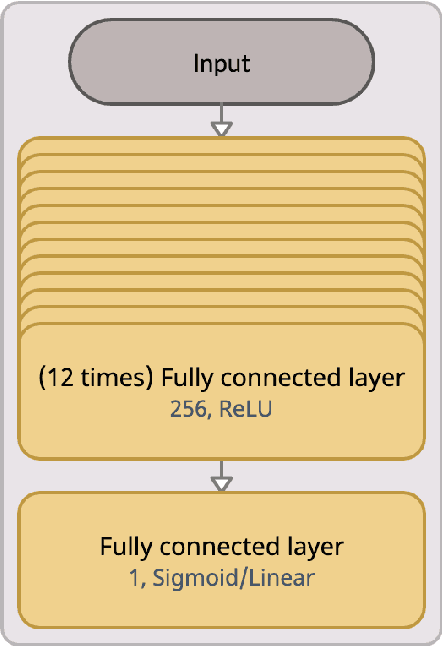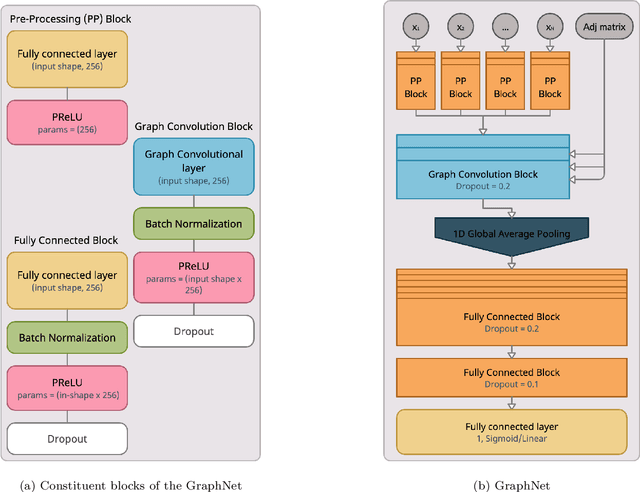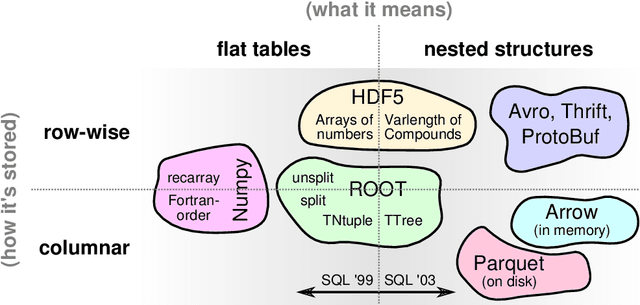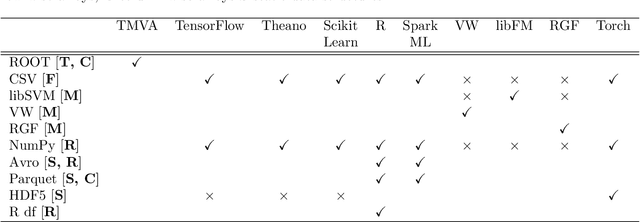Martin Erdmann
Shared Data and Algorithms for Deep Learning in Fundamental Physics
Jul 01, 2021



Abstract:We introduce a collection of datasets from fundamental physics research -- including particle physics, astroparticle physics, and hadron- and nuclear physics -- for supervised machine learning studies. These datasets, containing hadronic top quarks, cosmic-ray induced air showers, phase transitions in hadronic matter, and generator-level histories, are made public to simplify future work on cross-disciplinary machine learning and transfer learning in fundamental physics. Based on these data, we present a simple yet flexible graph-based neural network architecture that can easily be applied to a wide range of supervised learning tasks in these domains. We show that our approach reaches performance close to state-of-the-art dedicated methods on all datasets. To simplify adaptation for various problems, we provide easy-to-follow instructions on how graph-based representations of data structures, relevant for fundamental physics, can be constructed and provide code implementations for several of them. Implementations are also provided for our proposed method and all reference algorithms.
Machine Learning in High Energy Physics Community White Paper
Jul 08, 2018


Abstract:Machine learning is an important research area in particle physics, beginning with applications to high-level physics analysis in the 1990s and 2000s, followed by an explosion of applications in particle and event identification and reconstruction in the 2010s. In this document we discuss promising future research and development areas in machine learning in particle physics with a roadmap for their implementation, software and hardware resource requirements, collaborative initiatives with the data science community, academia and industry, and training the particle physics community in data science. The main objective of the document is to connect and motivate these areas of research and development with the physics drivers of the High-Luminosity Large Hadron Collider and future neutrino experiments and identify the resource needs for their implementation. Additionally we identify areas where collaboration with external communities will be of great benefit.
 Add to Chrome
Add to Chrome Add to Firefox
Add to Firefox Add to Edge
Add to Edge